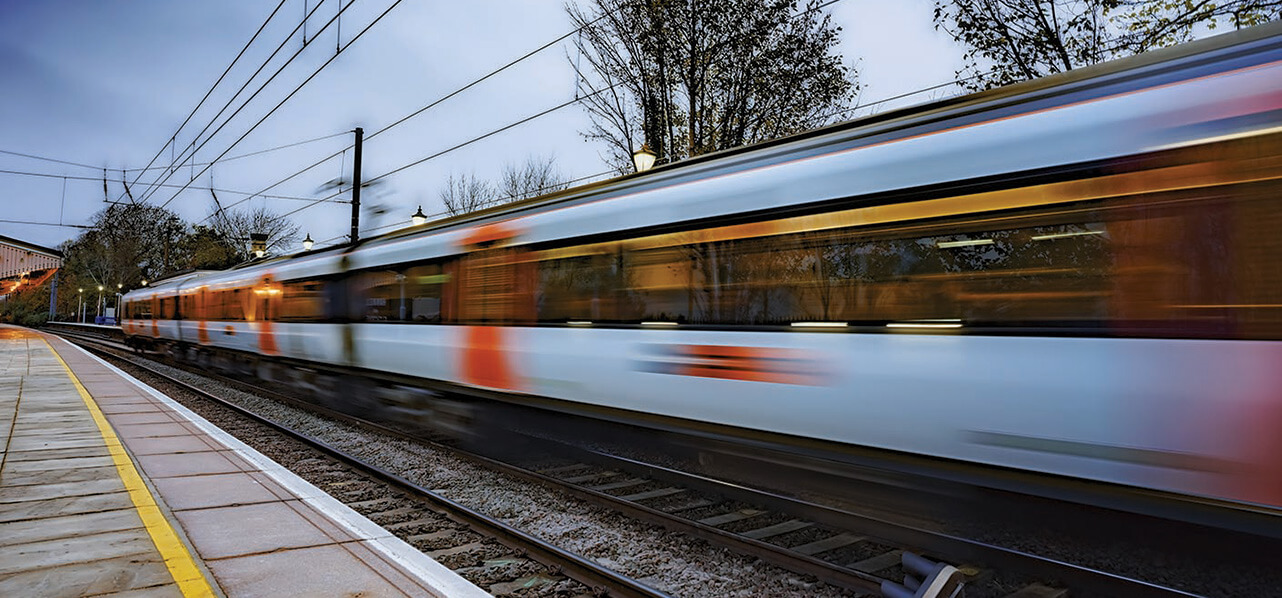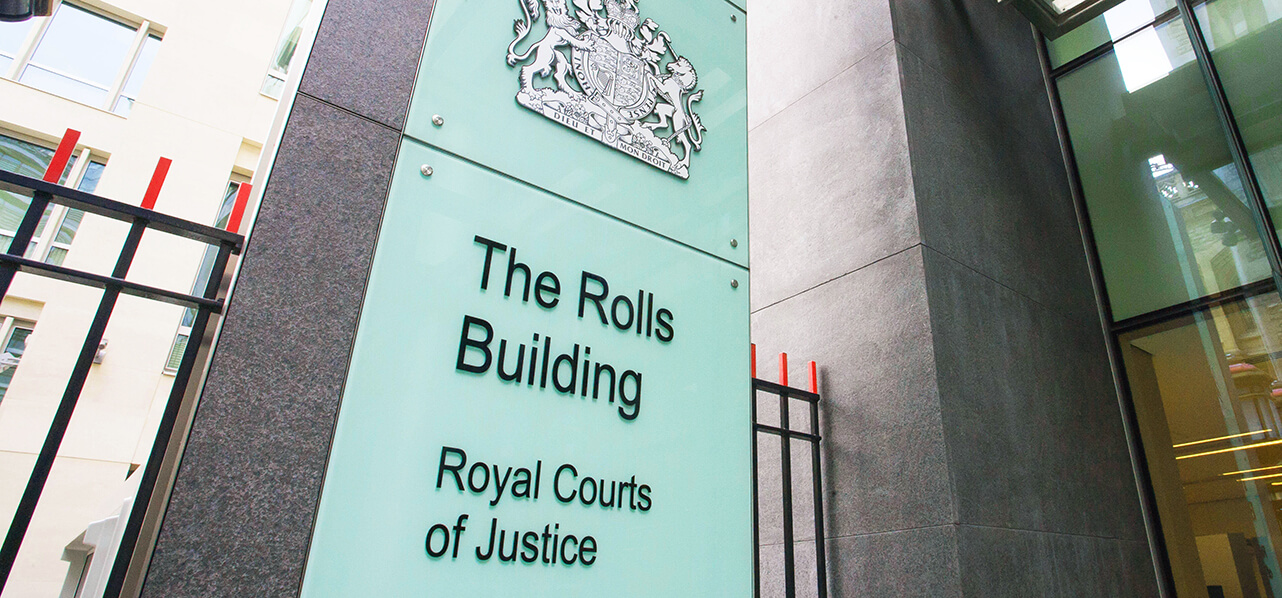In Splitt Chartering APS & Ors v Saga Shipholding Norway AS & Ors¹ the Admiralty Court recently provided useful guidance on the meaning of ship “manager” and “operator” in the context of a claim for a limitation of liability for property damage under the 1976 Convention on Limitation of Liability for Maritime Claims (“the Convention”).
As there was previously no settled authority on this point, the decision provides welcome clarity on the relationship between these terms, in an industry where the two are often used interchangeably.



